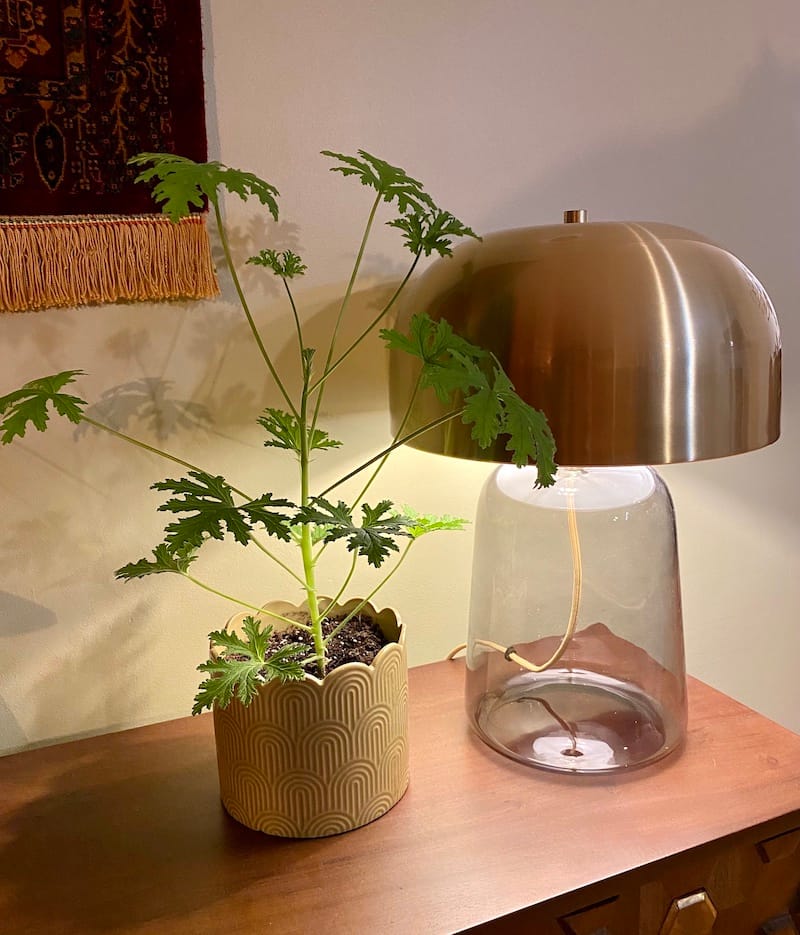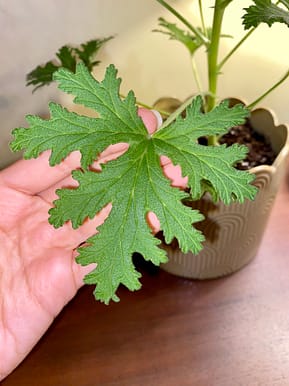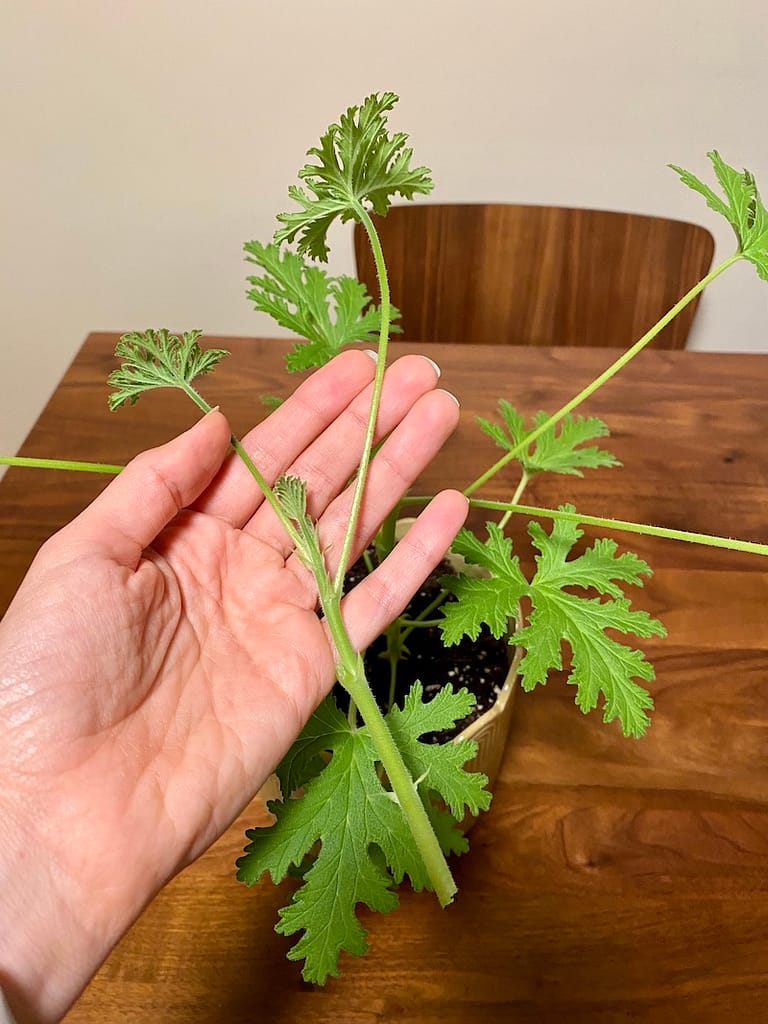I was gifted a cutting of a Citronella mosquito plant for my indoor space. It looked beautiful and smelled absolutely heavenly. I had no idea how to care for it and thoroughly researched to ensure my Citronella plant thrives. In this post, I’m excited to share my experience and the valuable insights I discovered online. If you’re lucky enough to find a Citronella houseplant, hold it tightly, as this plant is a fragrant marvel!…

The Citronella plant, is a delightful addition to any indoor space. With its lush foliage and captivating lemony aroma, this perennial grass-like plant not only enchants your senses but also acts as a natural mosquito repellent.

1. Soil and Potting: Choose a well-draining potting mix suitable for indoor plants. A blend of regular indoor potting soil and perlite or sand will ensure good drainage while retaining the necessary moisture. Repot your Citronella plant when it outgrows its current container, opting for a slightly larger pot to accommodate growth. I chose a relatively big pot when I planted the cutting and it looks like the plant is liking it so far. Give this post a read where I discuss budget-friendly places to look for a planter.
2. Sunlight Requirements: For your Citronella plant to thrive indoors, provide it with bright, indirect sunlight. A spot near a south or west-facing window is ideal, as it allows the plant to receive the necessary light without being exposed to harsh direct rays. If natural light is insufficient, consider supplementing with a grow light to ensure healthy growth.
3. Watering: Achieving the right balance of moisture is crucial for your Citronella houseplant’s health. Water the plant when the top inch of the soil feels dry to the touch. Ensure that the pot has proper drainage to prevent water logging, which can lead to root issues. Remember, it’s better to slightly underwater than overwater, as Citronella plants are sensitive to overly damp conditions.
4. Fertilizing: During the active growing season (spring through early fall), provide your Citronella plant with a diluted, balanced liquid fertilizer every 4-6 weeks. This gentle feeding regimen will promote steady growth and help your plant maintain its lush appearance and invigorating fragrance. This fertilizer is the one I use for my plants.
5. Pruning: Regular pruning is essential to maintain the shape and health of your Citronella plant. Trim away dead or yellowing leaves and spent blooms to encourage new growth. Pruning also helps prevent the plant from becoming leggy and encourages a bushier appearance.
6. Propagation: To propagate your Citronella plant, take stem cuttings from healthy, established plants. Choose a stem with several nodes and trim it just below a node. Place the cutting in a container with a mixture of soil and perlite or sand to encourage rooting. Keep the cutting in a warm, humid environment and mist it occasionally to promote successful propagation. I just cut a branch from the plant and after removing the lower leaves, put it into the same pot that the original plant lives.



7. A Fragrant Haven Indoors: Beyond its aesthetic appeal, the Citronella houseplant’s lemony scent serves as a natural mosquito repellent, making it a wonderful addition to your indoor space. While it won’t eliminate mosquitoes entirely, it can help create a more pleasant environment and deter these pesky insects.
Caring for a Citronella houseplant offers the joy of both nurturing a beautiful specimen and enjoying its enchanting fragrance indoors. With the right care, you can relish in the beauty and benefits of this unique plant. So, if you’re fortunate enough to obtain a Citronella houseplant, embrace the opportunity to introduce its heavenly aroma and lush foliage into your indoor sanctuary. Your home will thank you for it!


